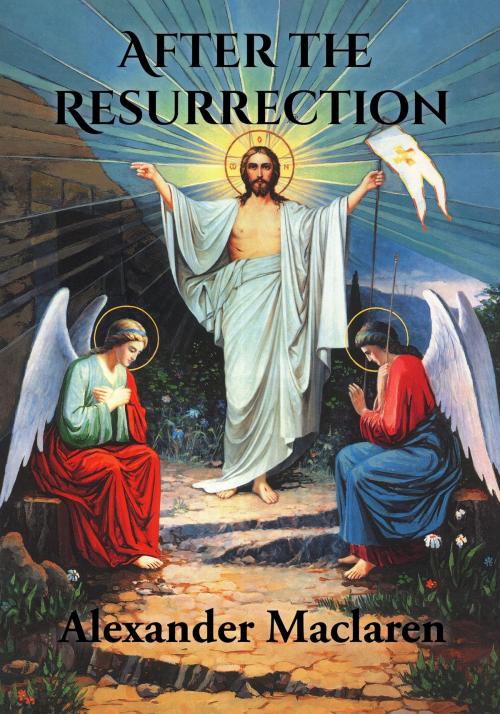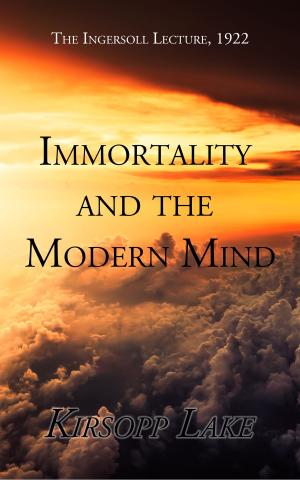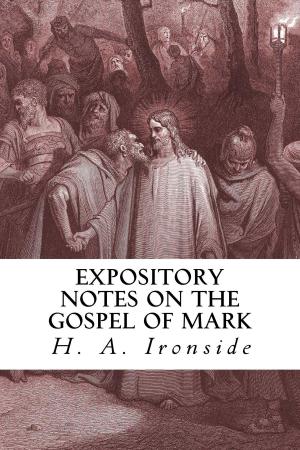After the Resurrection
Nonfiction, Religion & Spirituality, Christianity, Christian Sermons, Christian Literature| Author: | Alexander Maclaren | ISBN: | 1230001940756 |
| Publisher: | CrossReach Publications | Publication: | September 28, 2017 |
| Imprint: | Language: | English |
| Author: | Alexander Maclaren |
| ISBN: | 1230001940756 |
| Publisher: | CrossReach Publications |
| Publication: | September 28, 2017 |
| Imprint: | |
| Language: | English |
Jesus saith unto her, Touch Me not; for I am not yet ascended to My Father.—John 20:17.
These are the first words of the risen Christ; they strike one as being singularly cold and repellent at such a time. Their immediate purpose was to put a barrier between Himself and Mary’s clasping hands. It was not like Him to repress tokens of love, or to chill hearts. He had let a much worse woman than Mary Magdalene wash His feet with tears, and wipe them with the hairs of her head. At such a meeting, after such a parting, a little exuberance of demonstration might have been permitted, and forgiven even if it had been excessive.
The prohibition, strange as it sounds, was followed by a reason which sounds even more strangely: “Touch Me not; for I have not yet ascended.” We might have expected that the first “not” would have been left out, “Touch Me; for I have not yet ascended,”—would have been intelligible, as suggesting that for a little time still such tokens of love were possible, ere the great separation came. Mary must have been as much bewildered by the reason as she must have been chilled by the prohibition. And yet both were meant to lead her, with gentle, loving, and yet most firm hand, to recognise the new relation which had begun, and was henceforth to continue. They said to her, “old things have passed away, all things have become new,” and though thou hast “known Christ after the flesh; yet now henceforth” thou shalt “know Him” so “no more.” They were not meant for Mary only. All the Resurrection histories have a forward look, and were intended to explain directly to the disciples, and more remotely to us, the essential nature of that new relationship into which His disciples have entered, and in which they now continue, to their Lord. These teachings, whether expressed in words or in the facts of our Lord’s appearances, are the lesson-book for the Church “till He come,” and if we understand the bearings of these we have enough to direct and to sustain us. We have, then, to deal with the three points here; the touch that was forbidden; the touch that is possible because Christ has ascended; and the lessons for to-day that come from both.
Jesus saith unto her, Touch Me not; for I am not yet ascended to My Father.—John 20:17.
These are the first words of the risen Christ; they strike one as being singularly cold and repellent at such a time. Their immediate purpose was to put a barrier between Himself and Mary’s clasping hands. It was not like Him to repress tokens of love, or to chill hearts. He had let a much worse woman than Mary Magdalene wash His feet with tears, and wipe them with the hairs of her head. At such a meeting, after such a parting, a little exuberance of demonstration might have been permitted, and forgiven even if it had been excessive.
The prohibition, strange as it sounds, was followed by a reason which sounds even more strangely: “Touch Me not; for I have not yet ascended.” We might have expected that the first “not” would have been left out, “Touch Me; for I have not yet ascended,”—would have been intelligible, as suggesting that for a little time still such tokens of love were possible, ere the great separation came. Mary must have been as much bewildered by the reason as she must have been chilled by the prohibition. And yet both were meant to lead her, with gentle, loving, and yet most firm hand, to recognise the new relation which had begun, and was henceforth to continue. They said to her, “old things have passed away, all things have become new,” and though thou hast “known Christ after the flesh; yet now henceforth” thou shalt “know Him” so “no more.” They were not meant for Mary only. All the Resurrection histories have a forward look, and were intended to explain directly to the disciples, and more remotely to us, the essential nature of that new relationship into which His disciples have entered, and in which they now continue, to their Lord. These teachings, whether expressed in words or in the facts of our Lord’s appearances, are the lesson-book for the Church “till He come,” and if we understand the bearings of these we have enough to direct and to sustain us. We have, then, to deal with the three points here; the touch that was forbidden; the touch that is possible because Christ has ascended; and the lessons for to-day that come from both.















